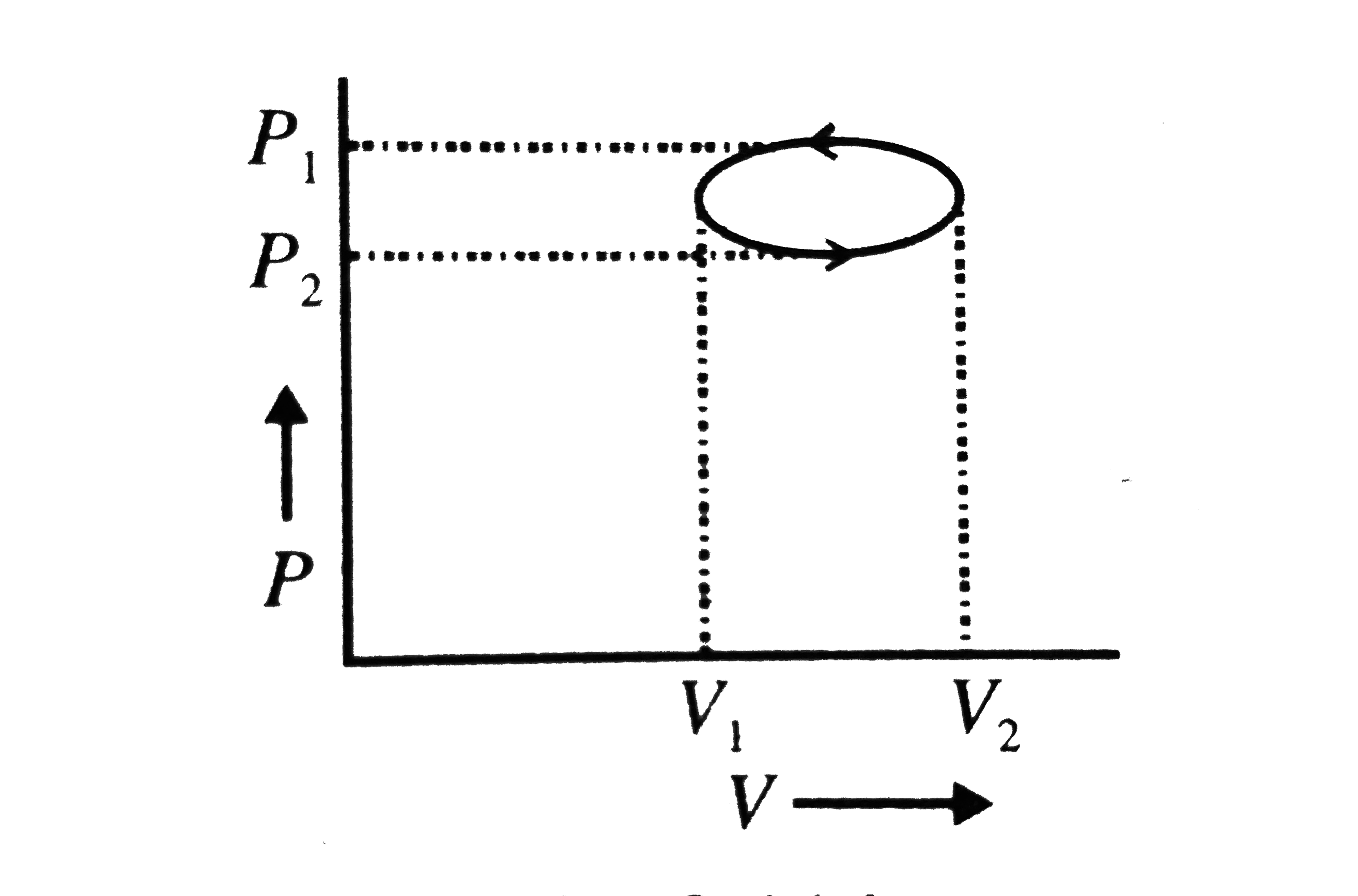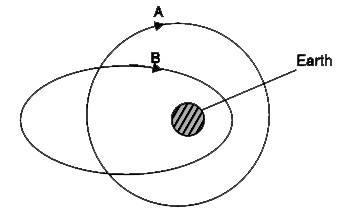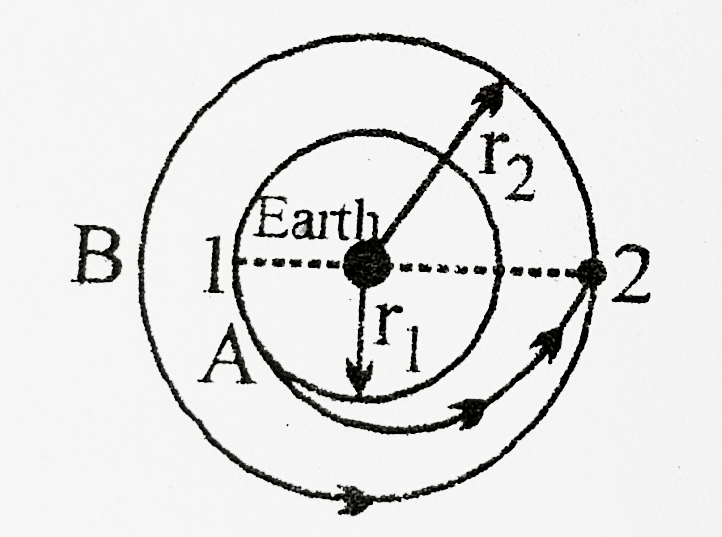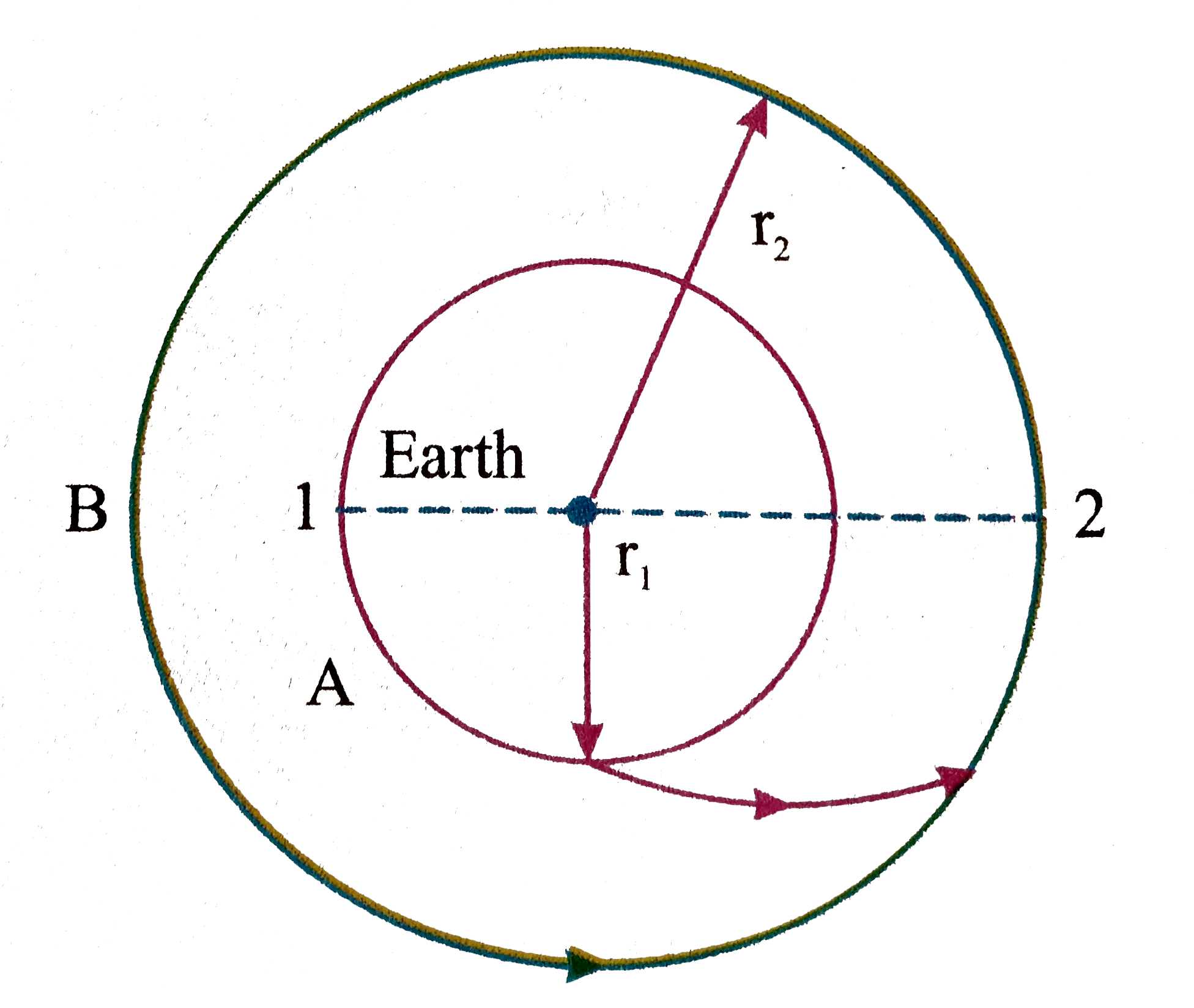Motion Of A Sattelite In Elliptical Path
Step by step video & image solution for Motion Of A Sattelite In Elliptical Path by Physics experts to help you in doubts & scoring excellent marks in Class 11 exams.
Similar Questions
Motion Of A Satellite In Circular Orbit|Energy Of A Satellite In Circular Orbit|Questions|Double Star System|Motion Of A Satellite In Elliptical Orbit
View SolutionGravitational Potential Energy | Escape Velocity | Motion of Satellite | Energy of Satellite | Circular and Elliptical Orbits
View Solution
Knowledge Check
- Question 1 - Select One
Assertion : The speed of a satellite is constant if the orbital path of the satellite is elliptical.
Reason : Speed of a satellite is not constant if orbital path of the orbit is elliptical according to Kepler's laws of motion. Here, Areal velocity is constant.AIf both assertion and reason are correct and reason is a correct explanation of the assertion.BIf both assertion and reason are correct but reason is not the correct explanation of assertion.CIf assertion is correct but reason is incorrect.DIf assertion is incorrect but reason is correct. - Question 2 - Select One
If a satellite performes elliptical path, then
Avh<vcBvc=vhCvc<vh<veDvh>ve - Question 3 - Select One
In the given elliptical P−V diagram
 Athe work done is positiveBthe change in internal energy is non-zeroCthe work done =−(π/4)(P2−P1)(V2−V1)Dthe work done =π(V1−V2)2−π(P1−P2)2
Athe work done is positiveBthe change in internal energy is non-zeroCthe work done =−(π/4)(P2−P1)(V2−V1)Dthe work done =π(V1−V2)2−π(P1−P2)2
Satellite A is following a circular path of radius a around the earth another satellite B follows an elliptical path around the earth. The two satellites have same mechanical energy and their orbits intersect. Find the speed of satellite B at the point where its path intersects with the circular orbit of A. Take mass of earth to be M.
 View Solution
View SolutionMotion of satellite| Energy of satellite| Circular and elliptical orbit
View SolutionThe moon travels an elliptical path with Earth as one focus. The maximum distance from the moon to the earth is 405, 500 km and the minimum distance is 363,300 km. What is the eccentricity of the orbit?
View SolutionTwo satellites A and B are revolving around the earth circular orbits of radius r1 and r2 respectively with r1<r2. Plane of motion of the two are same. At position 1, A is given an impulse in the direction of velocity by firing a rocket so that it follows an elliptical path to meet B at position 2 as shown. A?t position 2, A is given another impluse so that velocities of A and B at 2 become equal and the move together.

For any elliptical path of the satellite of the time period of revolution is given by Kepler's planetary law as T2αr3 where a is semi major axis of the ellipse which is r1+r22 in this case. Also angular mopmentum of any satellite revolving around the Earth will remain a constant about EArth's centre as force of gravity on the satellite which keeps it in elliptical path is along its position vector relative to the earth centre.
If the two have same massView Solution
Two satellites A and B are revolving around the earth in circular orbits of radius r1 and r2 respectively with r1<r2. Plane of motion of the two are same. At position 1, A is given an impulse in the direction of velocity by firing a rocket so that it follows an elliptical path to meet B at position 2 as shown. focal lengths of the elliptical path are r1 and r2 respectively. at position 2, A is given another impulse so that velocities of A and B at 2 become equal and the two move together. for any elliptical path of the satellite time period of revolution is given Kepler's planetry law as T2αr3 where a is semi-major axis of the ellipse which is r1+r22 in this case. also angular momentum of any satellite revolving around the earth will remain a constant about earth's centre as force of gravity on the satellite which keeps it in elliptical path is given its position vector relative to the earth centre.
When A is given its first impulse at that momentView Solution

